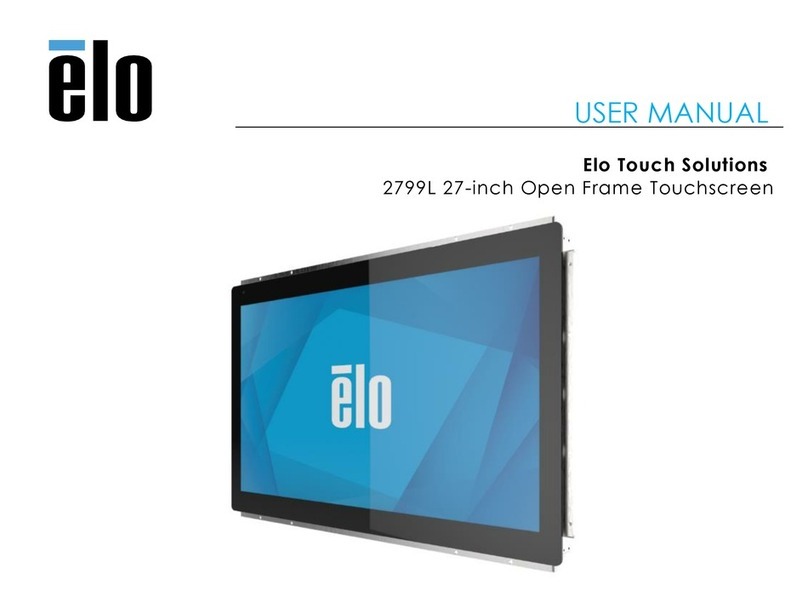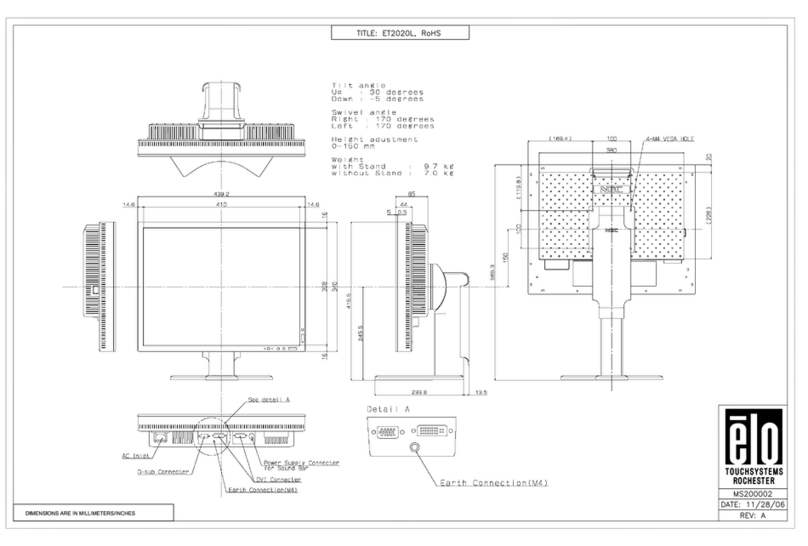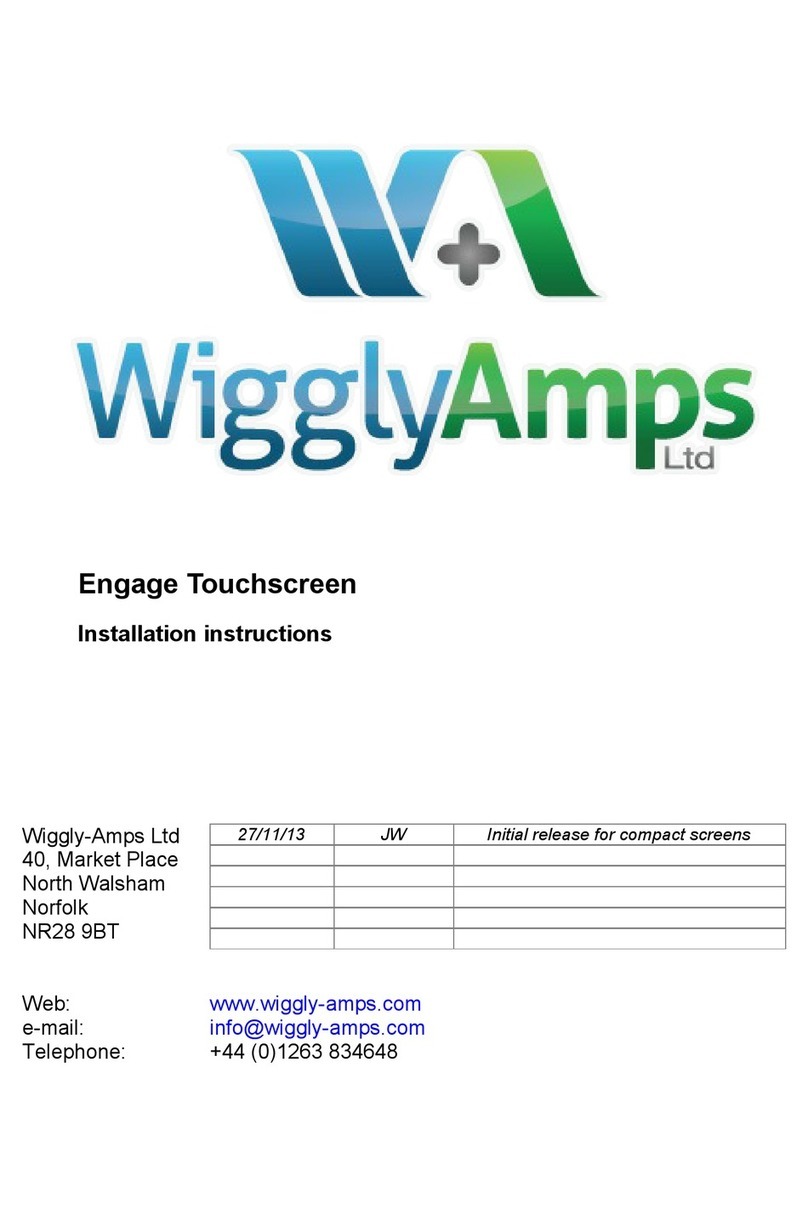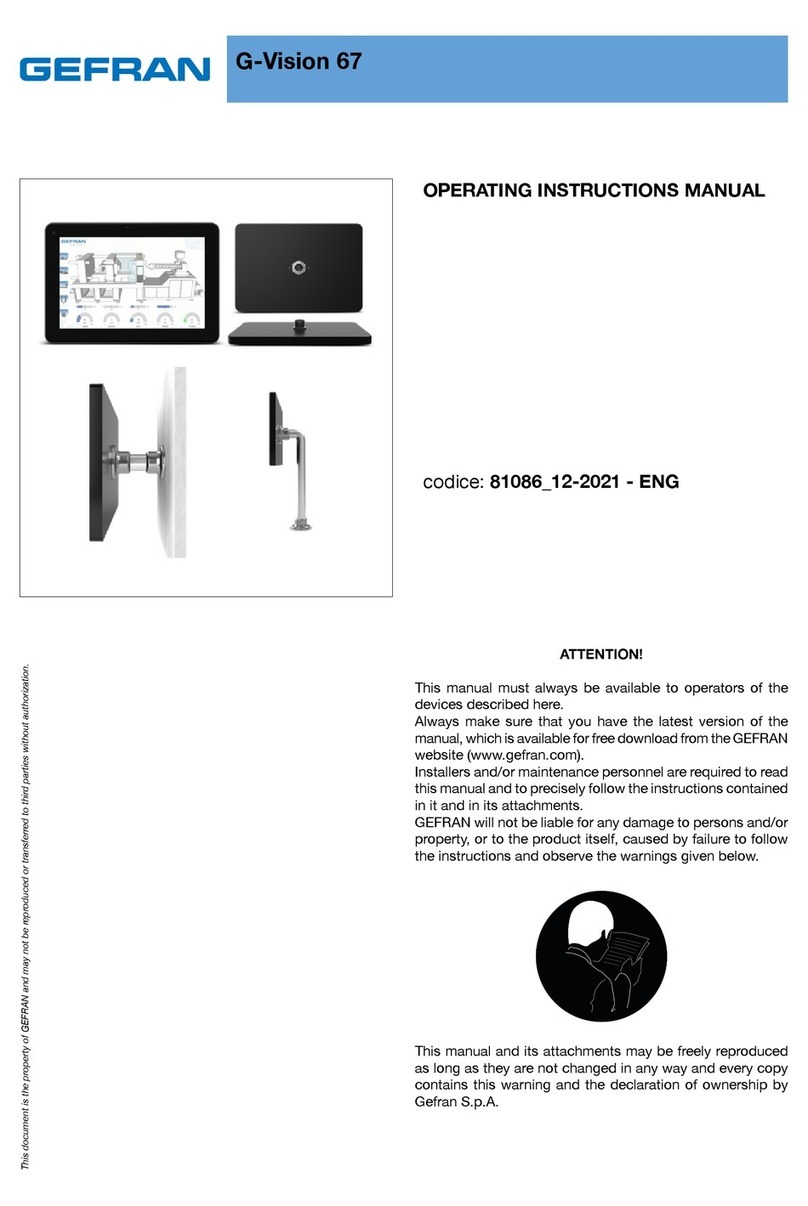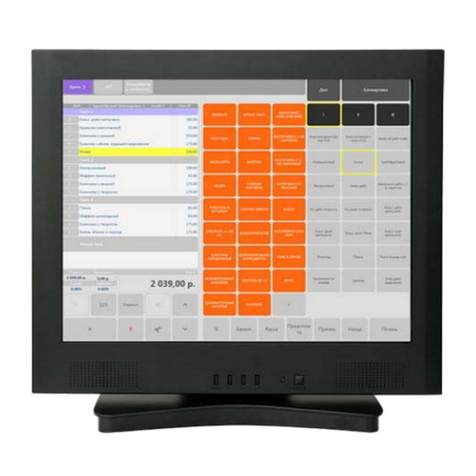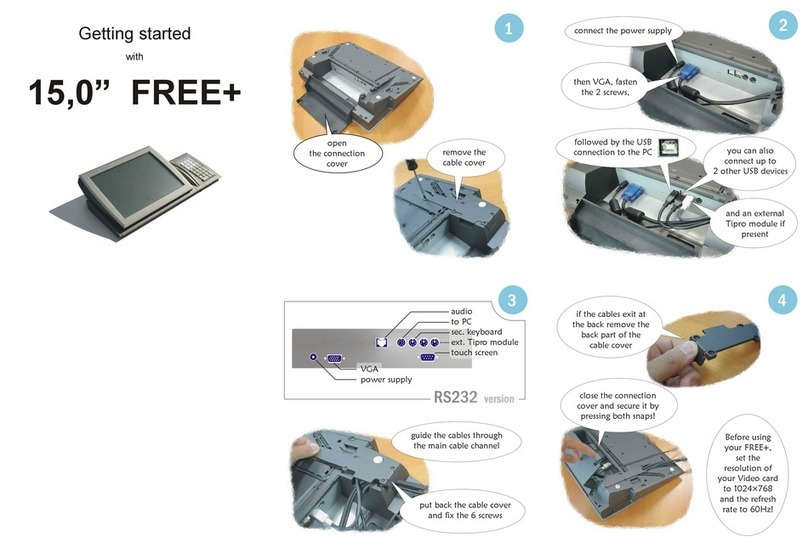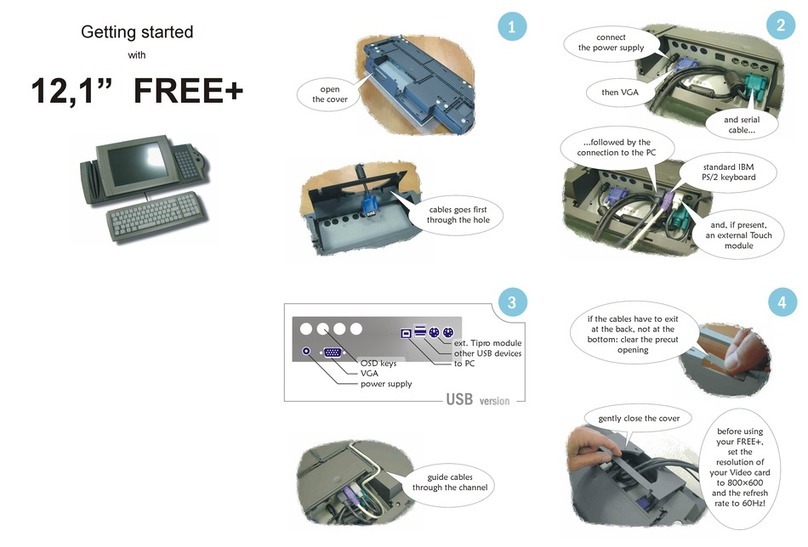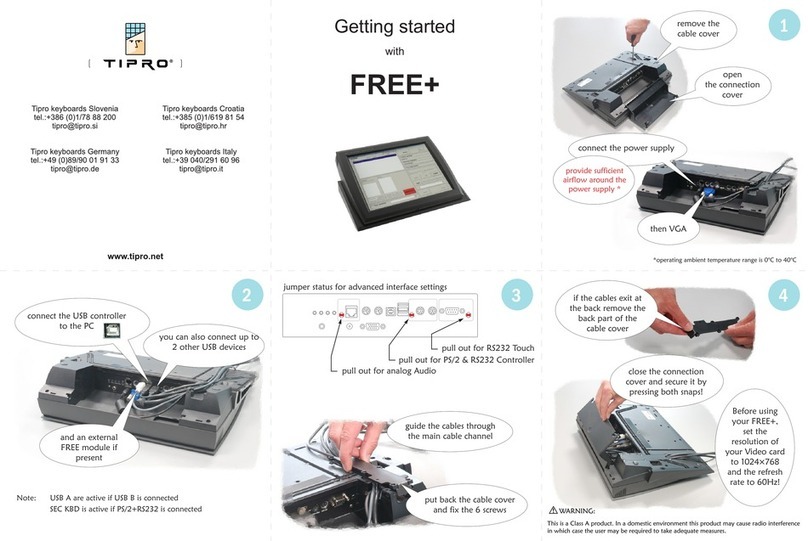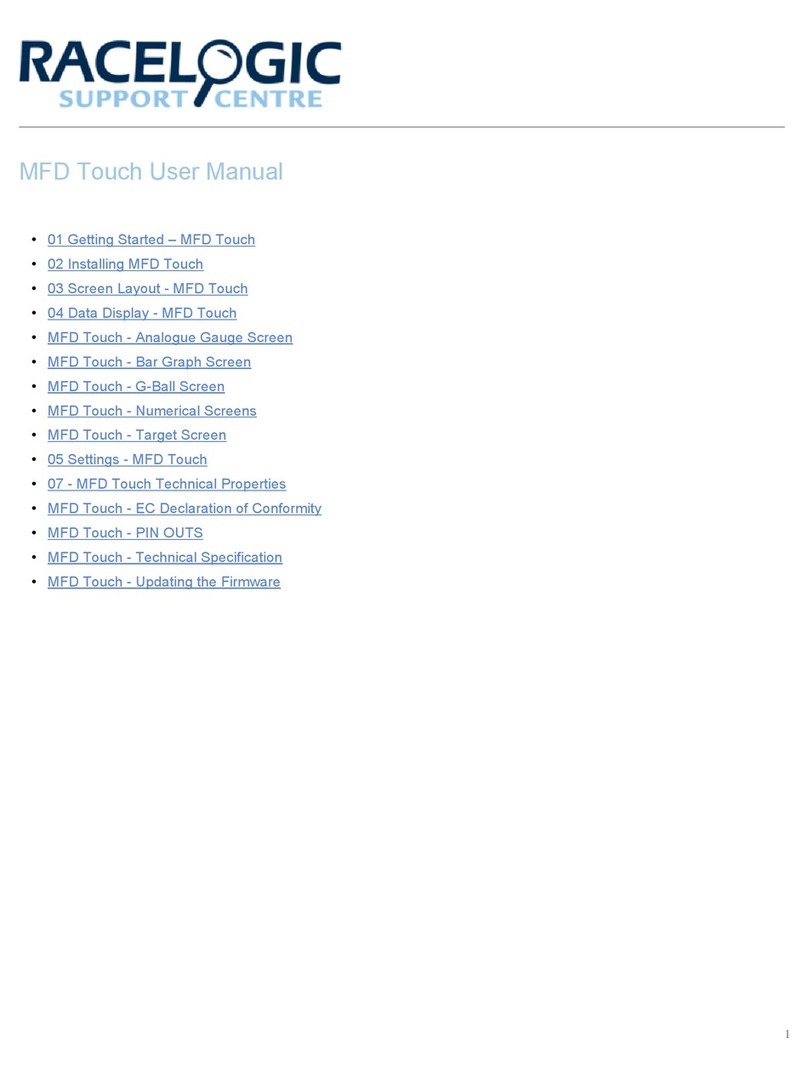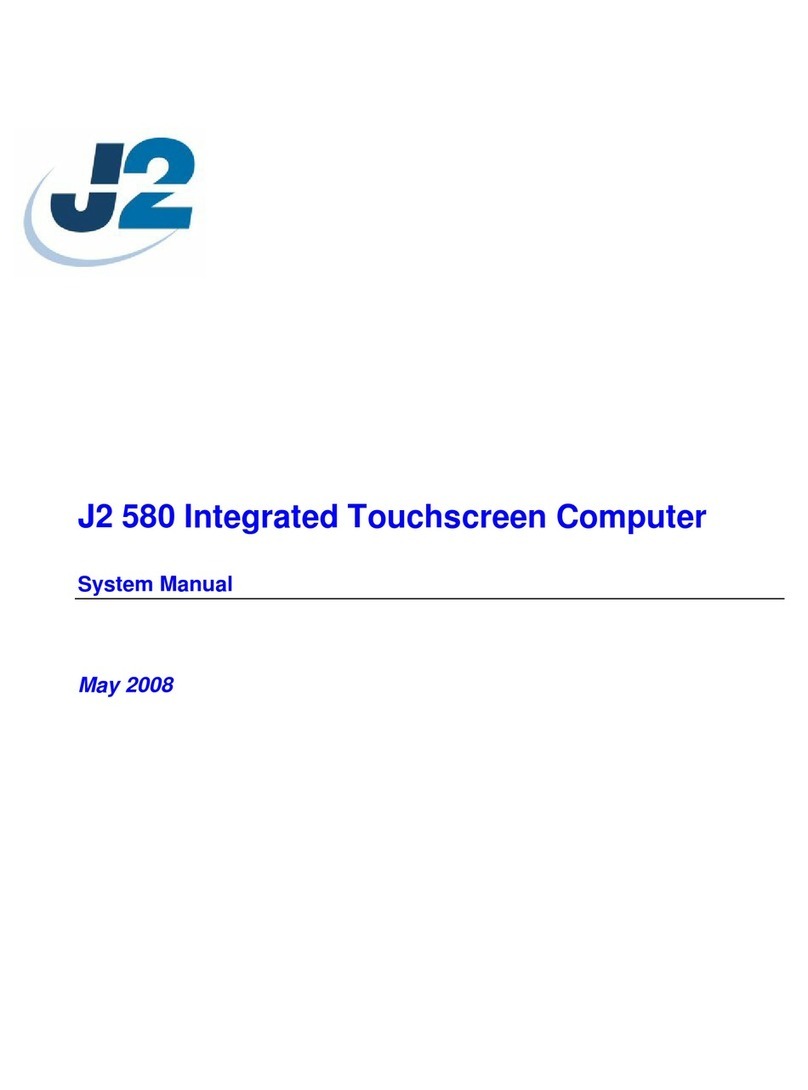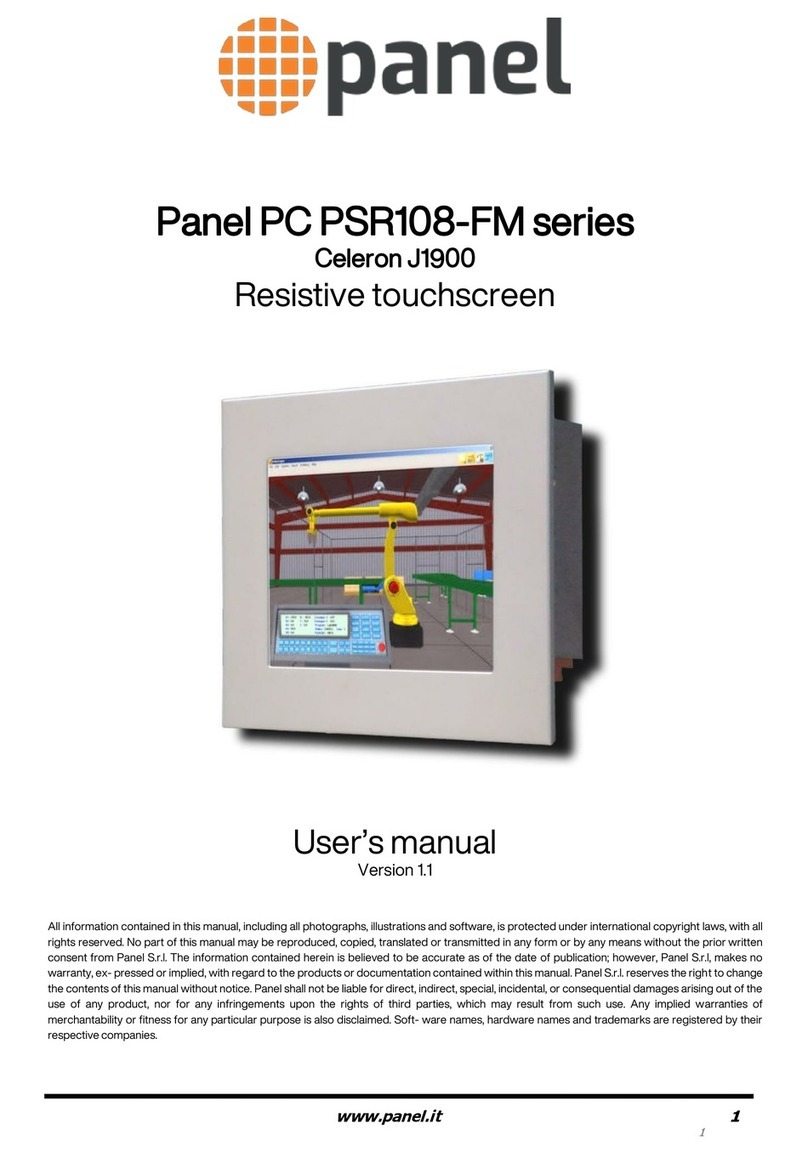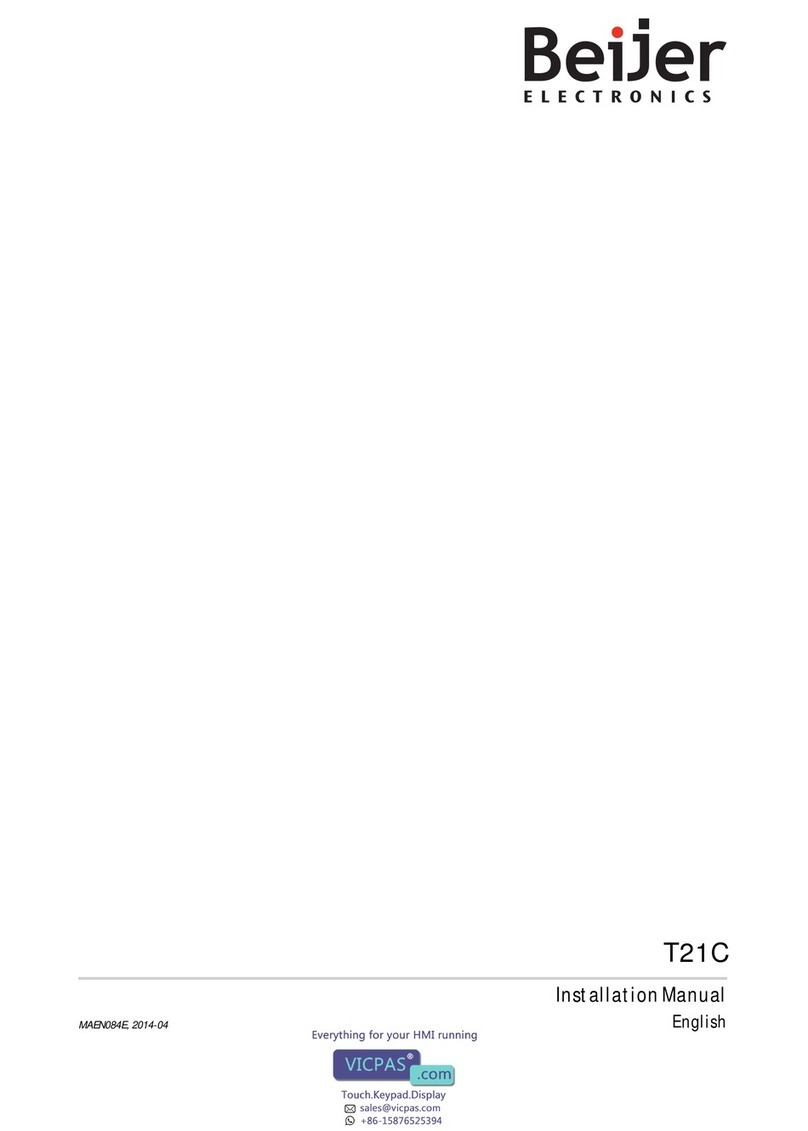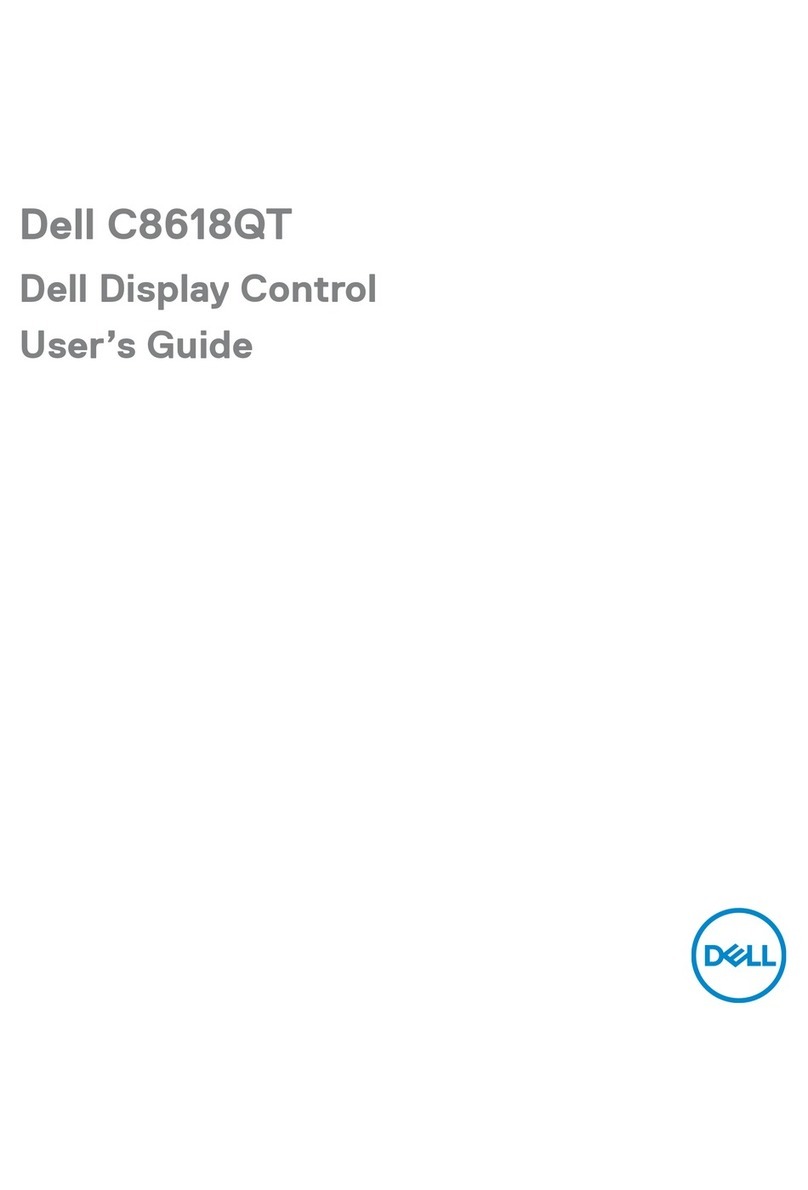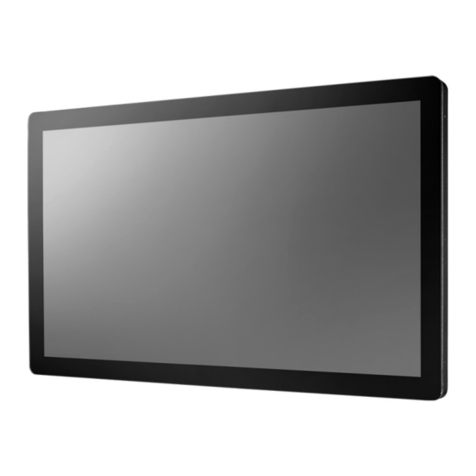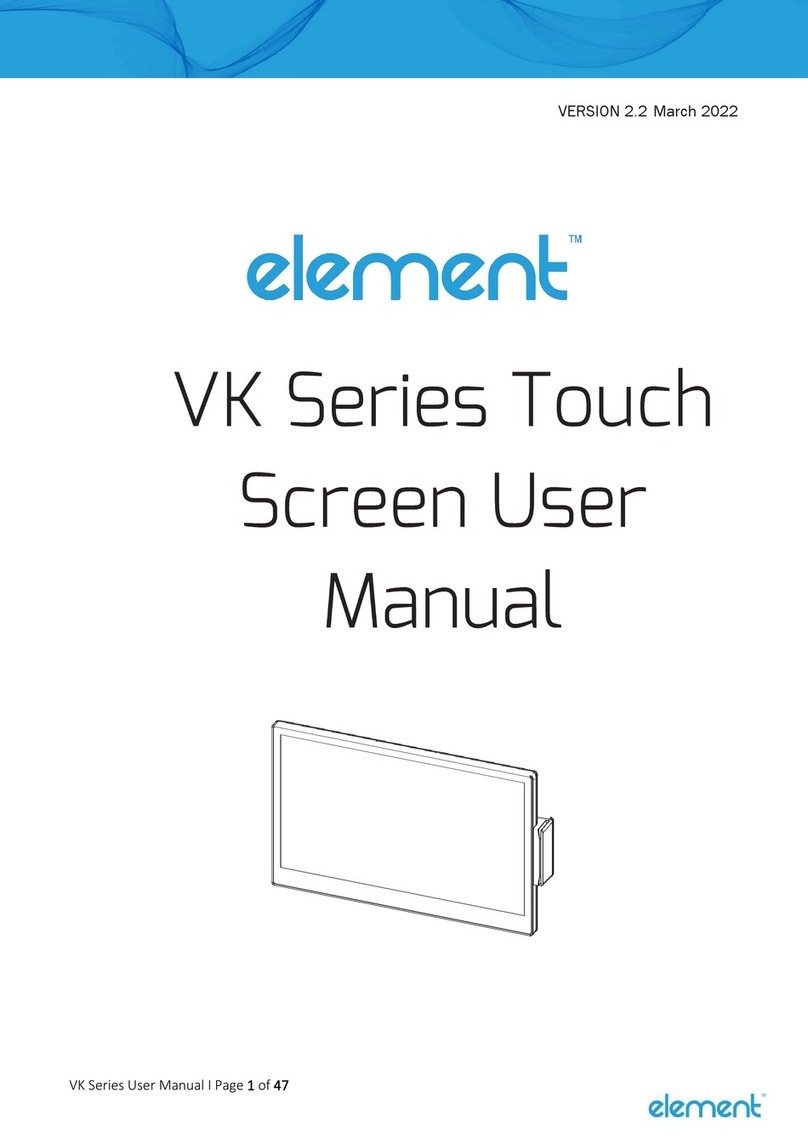TABLE OF CONTENTS II
BeFREE 20 – TECHNICAL OVERVIEW
TABLE OF CONTENTS
A. GENERAL INFORMATION.......................................................................................A-1
A.1. Highlights..............................................................................................................A-1
A.2. Technical Characteristics ......................................................................................A-2
B. INTEGRAL PARTS AND FUNCTIONALITY .......................................................... B-1
B.1. Operator Interface.................................................................................................. B-1
B.2. Touchmonitor ........................................................................................................ B-3
B.3. Embedded Computer............................................................................................. B-3
B.4. Intercom (Audio Section)...................................................................................... B-4
B.4.1. Microphone Amplifier ................................................................................... B-5
B.4.2. Left and Right Speaker Amplifiers................................................................ B-5
B.4.3. Central Speaker Amplifier............................................................................. B-5
B.4.4. Bar-Graph Displays ....................................................................................... B-6
B.4.5. Incremental Encoders .................................................................................... B-6
B.5. External Connectors .............................................................................................. B-7
B.5.1. External Digital Inputs................................................................................... B-7
C. OPERATION ................................................................................................................ C-1
C.1. Configuring BeFREE 20 ....................................................................................... C-1
C.2. Applying BeFREE 20............................................................................................ C-1
D. OPTIONS......................................................................................................................D-1
D.1. Inclination Mechanism..........................................................................................D-1
D.2. HID Telephony Interface ......................................................................................D-1
D.3. Echo-Cancellation Circuitry..................................................................................D-2
D.4. Goose-Neck Microphone ......................................................................................D-2
E. ORDERING CODES .................................................................................................... E-1
E.1. BeFREE 20 ............................................................................................................ E-1
E.2. Inclination Mechanism .......................................................................................... E-2
F. REFERENCES ...............................................................................................................F-1
G. NOTICES......................................................................................................................G-1
G.1. Disclaimer .............................................................................................................G-1
G.2. Copyright Notice ...................................................................................................G-1

